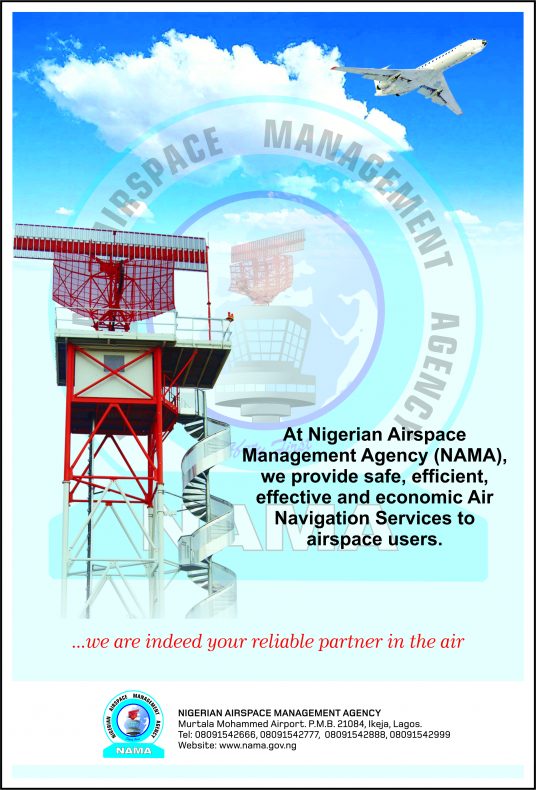
Director General Civil Aviation, Captain Chris Najomo, says sustainable growth of Unmanned Aircraft Systems (UAS) in Nigeria depends on three crucial pillars: safety, security, and innovation. These pillars, he stresses, form the foundation of what he called a modern and effective Nigeria drone regulatory framework.
Captain Najomo further stressed the importance of strategic regulation for drone development in Nigeria. He made this clear while delivering the keynote address at the 5th Dronetex Conference themed “Determining the Future of UAVs in Nigeria.”
According to the DGCA, safety assurance will help avoid collisions, system failures, and human error during drone operations. Additionally, security safeguards are necessary to protect critical infrastructure and sensitive information from potential malicious activity. Just as crucial is innovation facilitation, which enables scalable investment and research.
“Regulation must not only demand compliance,” Captain Najomo stated. “It must also anticipate change, encourage innovation, and ensure resilience in the face of evolving technologies.”
He observed that drones are redefining sectors globally—from agriculture to emergency services—highlighting their role in Nigeria’s development. Already, Nigerian innovators are using drones to monitor pipelines, support disaster response, and collect data in remote areas.
While Nigeria is not new to drone operations, the Director General explained that most activities remain within the domestic space and fall under non-type-certificated categories. This means regulations must reflect local realities while still aligning with international best practices.
To meet this challenge, the NCAA will implement a risk-based model for drone oversight. The model categorizes operations based on drone weight, altitude, and complexity. Each class—open, specific, or certified—will be governed by safety and operational thresholds.
“We are working to publish interim operational guidelines that reflect these categories,” Najomo said. “They will provide clarity and structure for operators across Nigeria.”
Importantly, the new Nigeria drone regulatory framework will align with international standards such as ICAO’s Model UAS Regulations and JARUS’s Specific Operations Risk Assessment (SORA). However, Nigeria’s regulatory tools will be adapted to reflect local challenges, such as urban density and socio-economic concerns.
Further initiatives include mandatory type certification for UAS models to ensure airworthiness and cybersecurity. NCAA will also develop a national drone registry connected to real-time tracking systems. This will improve accountability and transparency in UAS operations.
For safety and national security, geo-fencing technology will be deployed to prevent drone access to restricted areas like airports and government buildings. NCAA will also work with the Office of the National Security Adviser to introduce anti-drone technology for early threat detection.
Capacity building is another key element. The NCAA plans to launch a National UAS Academy in collaboration with universities and industry leaders. This academy will train the next generation of drone professionals and engineers in Nigeria.
To support innovation, the Authority will foster public-private partnerships that promote local drone manufacturing and research. A Multi-Agency Task Force will also be formed. This task force will include NCAA, NAMA, FAAN, NCAT, NIMET, NCC, and security agencies to enhance regulatory coordination.
Despite these efforts, Najomo acknowledged that regulatory gaps and public skepticism still pose barriers. He called for ethical self-regulation by industry, legislative support, and academic involvement in drone-related research and curriculum development.
“Our goal is clear,” Najomo declared. “We want Nigeria to transition from a user of drone technology to a leader in UAS innovation and production.”
He concluded by praising the efforts of the NCAA UAS Integration Unit led by Chairman Flight Standards Group, Engr. Godwin Balang. He also commended President Nigeria Unmanned Systems and Robotics Association, Mr. Fortune Idu, for organizing the Dronetex platform.





















